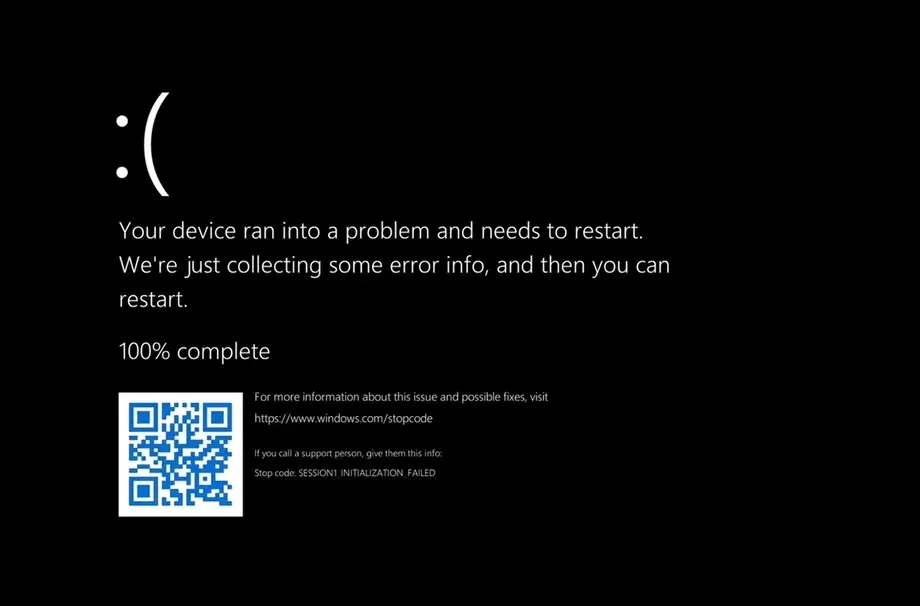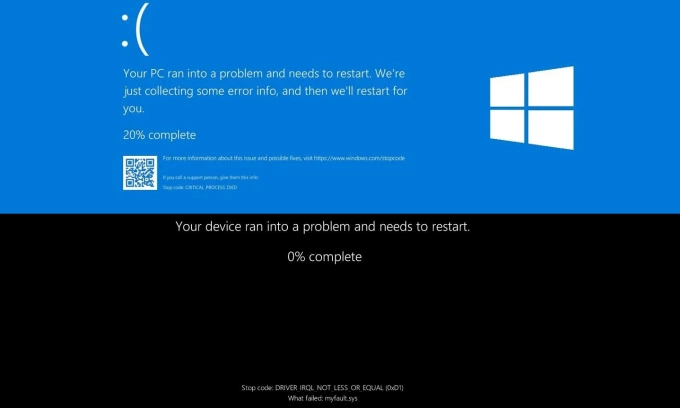After 40 years of traumatizing users and giving IT support staff migraines, Microsoft has finally decided to retire the legendary Blue Screen of Death (BSoD). And what do we get in return? A new look! Because apparently, system crashes also deserve a fashion makeover.
Introducing: the Black Screen of Death — or BSoD 2.0 if you will — now with extra goth energy and slightly more helpful error messages.

According to Microsoft’s David Weston, VP of Enterprise Security (and possibly part-time reaper of outdated screens), the new design aims to “help users better understand system failures.” Translation: We’ve made it darker and added more words, good luck! 🎩
Gone is the familiar blue backdrop that once whispered, “Your computer is toast.” In its place, a black screen that says, “It’s toast… but tastefully so.”
Let’s be real: the old BSoD was iconic — terrifying, yes, but iconic. Since the early ’90s, it has been the digital equivalent of a heart attack. Whether you were writing an essay or installing Skyrim mods, that blue flash was the universal sign of doom. And now? Windows 11 is going all modern minimalist.
The Black Screen of Death won’t just look cooler. It’ll actually provide more diagnostic info — a godsend if you’re the type who knows what a memory dump is. Tools like WinDbg can now help you actually understand what went wrong, instead of playing “guess the error code.”
And it’s not just about the aesthetic. Microsoft is rolling out a new feature called Quick Machine Recovery — because turning it off and on again doesn’t always work (who knew?).
This makeover follows one of the most embarrassing tech moments of 2024: the CrowdStrikepocalypse, where a security update caused millions of PCs to drop dead in unison. It was like a digital Game of Thrones episode — and Microsoft clearly didn’t want a sequel.
So here we are. A new chapter in error history.


